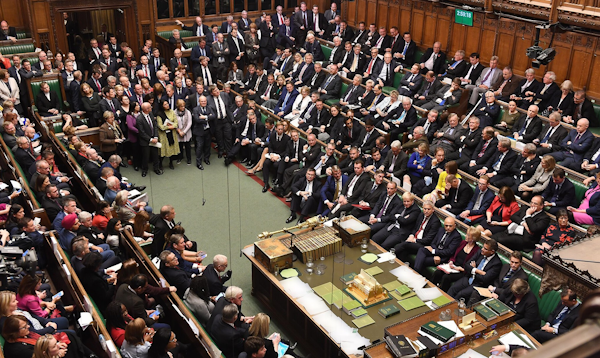"MRP" polling generated significant interest in the 2024 General Election, having debuted in British General Elections in 2017. MRP polling enables election forecasters to more accurately predict how many seats each party will win. In our first-past-the-post system, this provides a clearer idea of who might actually win an election, and by how much. Given that MRP is a relatively recent innovation in polling science, we'd like to explore how it differs from conventional polling methods.
MRP (which stands for Multi-level Regression and Post-stratification) is a relatively new polling technique, which has outperformed conventional polling methods in recent elections. Conventional polling methods often apply a 'uniform national swing' (or UNS) to predict how many seats each party will win in an election.
The UNS approach assumes that there will be the same change in vote share for a given party evenly throughout the country. But this doesn't happen in practice. In 2024, Labour's vote went up by 5pc in East Anglia, but down by 5pc in London. And Labour's vote went up by 7pc in seats where they came second in 2019, but fell by 7pc in seats they already held. These differences would not be captured by UNS. Therefore, uniform national swing models can overestimate the performance of parties in some areas, and underestimate it in others.

Every seat counts: MRP tries to predict who will be elected to each House of Commons seat
The MRP method tries to solve this problem by working out the relationship between peoples' voting intention and their individual demographic characteristics like age, income, educational background and a variety of other data sources, including past voting behaviour. Then, you can count how many of these different types of voters there are in each constituency, to make a prediction of how parties will perform on a seat-by-seat basis.
For example, our MRP in 2024 detected that 2019 Conservative voters were more likely to switch to Reform UK in Leave voting constituencies, and switch to the Liberal Democrats in Remain voting constituencies. This automatically fed through into an increased Reform/Lib Dem vote share in the corresponding constituencies.
MRP has a good track record. It predicted the results of the last three UK elections fairly well. At the 2024 election, it correctly identified that Labour would win the election with over 400 seats.
At the 2019 election, Electoral Calculus used MRP to make the most accurate of all the pre-poll predictions of the result.
We think MRP has a good track record, but no method is foolproof and we definitely won't get every single seat right.
For all the strengths of the MRP method, it cannot predict future changes in public opinion. MRP polls, like any other, present a snapshot of voting intention at a specific point in time. Given that election campaigns are dynamic and change by the day, polling will always fluctuate, therefore changing the political map as a result. For this reason, we update and refine our seat forecasts regularly in order to provide most current snapshot we can.
Given that MRP is an excellent tool to gauge opinion on a geographically detailed level, it has many practical uses that extend beyond predicting elections. For example, MRP techniques are highly useful within the field of market research. Amongst the most common uses of MRP outside election forecasting are:
You can see some MRP case studies here.